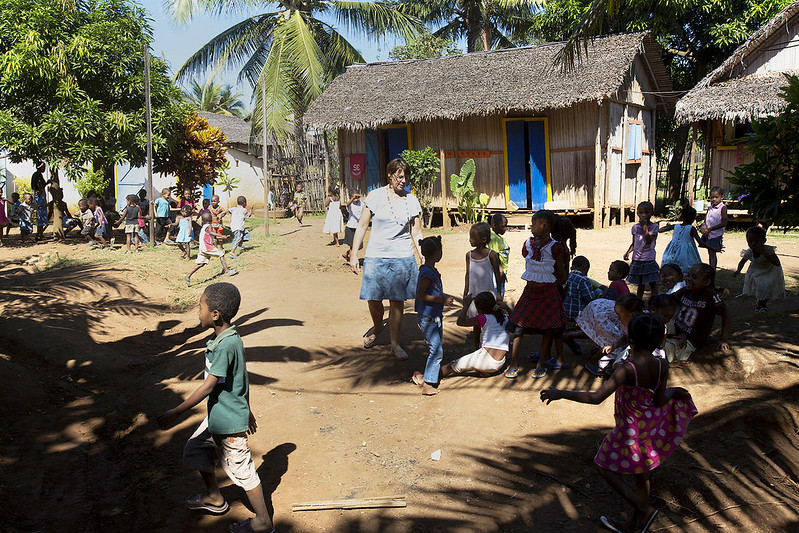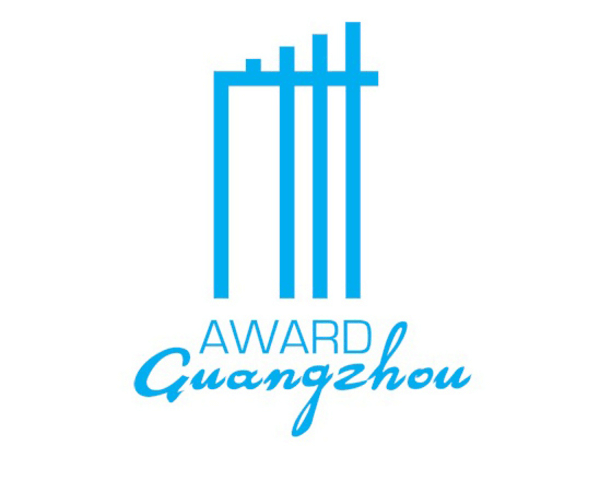City
Antananarivo, Madagascar
Size and population development
The Madagascar Data Portal records the 2018 population for Antananarivo as 1,275,207. The city covers an area of 86.04 km2 with a population density of 15,000 people per km2. Rural migration fuels population growth.
Population composition
Madagascar's population is predominantly of mixed Asian and African origin. Ethnic groups include Malayo-Indonesian (Merina and related Betsileo) people, Cotiers (mixed African, Malayo-Indonesian, and Arab ancestry—Betsimisaraka, Tsimihety, Antaisaka, Sakalava), French, Indian, Creole, and Comoran. 2010 data records 85% of the population identify as Christians – 45.8% as Protestants and 38.1% as Catholic. Malagasy and French are the official languages, and some English is spoken. The Malagasy language is of Malayo-Polynesian origin, and shares much of its basic vocabulary with the Maanyan language from southern Borneo.
Main functions
Antananarivo is the capital and largest city of Madagascar. It was known by its French name Tananarive or the colonial shorthand form Tana until 1977. The city is situated 1,280m above seas level in the Central Highlands of Madagascar. Madagascar is the second largest island country in the world and is the home of five percent of the world's plant and animal species, 80 percent of which are unique to Madagascar. Among its most notable examples of biodiversity are the Lemur infraorder of primates, three endemic bird families and six endemic baobab species.
Main industries / business
The economy of Madagascar is overwhelmingly agricultural, largely of a subsistence type. The principal crops are coffee, vanilla, sugarcane, cloves and cocoa. The main food crops are rice, cassava, bananas, beans and peanuts. In addition, large numbers of poultry, cattle, goats, sheep and hogs and raised. Fishing and forestry are also important. The city of Antananarivo is set in a rice-growing region. Industries process food products, tobacco, and manufacture textiles and leather goods. Tourism, which targets the eco-tourism market, capitalizing on Madagascar's unique biodiversity, unspoiled natural habitats, and lemur species, is a growth industry.
Political structure
The Republic of Madagascar has a presidency, a parliament (national assembly and senate), a prime ministry and cabinet, and an independent judiciary that are based in Antananarivo. The public directly elects the president and the 127 members of the National Assembly to five-year terms. All 33 members of the Senate serve six-year terms, with 22 senators elected by local officials and 11 appointed by the president.
Administrative structure
At the local level, the island's 22 regions are administered by a governor and provincial council. The Regions are further subdivided into 119 districts, and 1579 communes. The judiciary is modelled on the French system, with a High Constitutional Court, High Court of Justice, Supreme Court, Court of Appeals, criminal tribunals, and tribunals of first instance. The "Urban Community of Antananarivo," is divided into six arrondissements.

